Tales from the bar - a tour of London's 'great pubs'
- Published
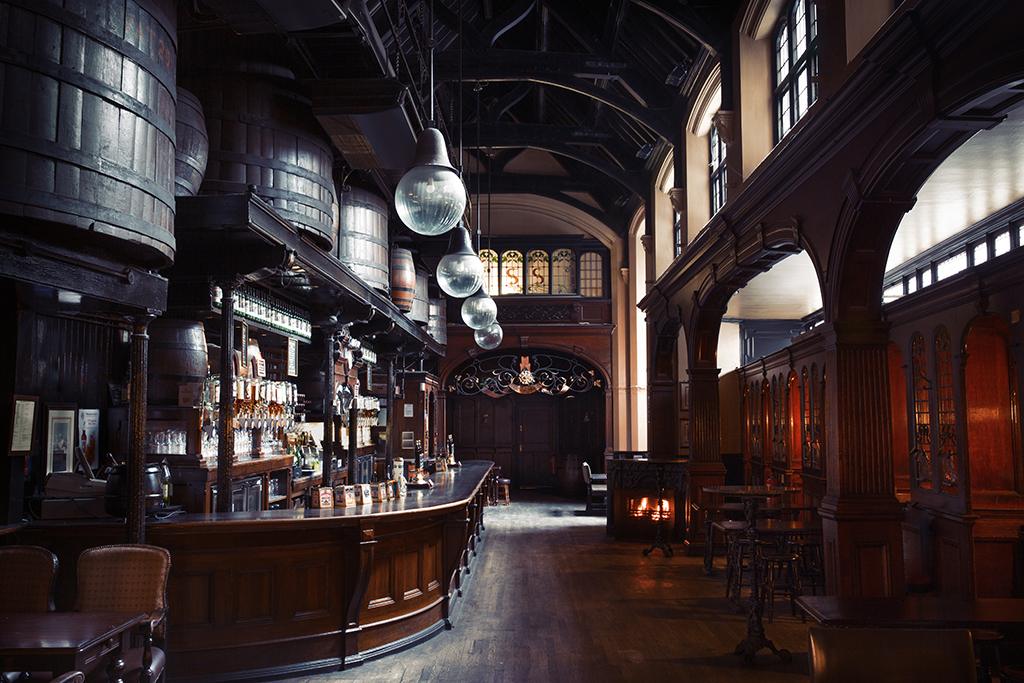
Giant oak wine barrels sit above the bar of the Cittie of Yorke in Holborn - which is more reminiscent of a great hall in a Tudor mansion than than a traditional pub.
The jury is out as to whether or not the massive casks were ever used as genuine storage vessels - or simply part of the inn's Tudor makeover in the 1920s.
The Cittie of Yorke features in a new book, Great Pubs of London, written by George Dailey and featuring photographs taken by his daughter Charlie.
The book examines the histories of 22 pubs. Take a look at some of them here.

The Nags Head
Belgravia
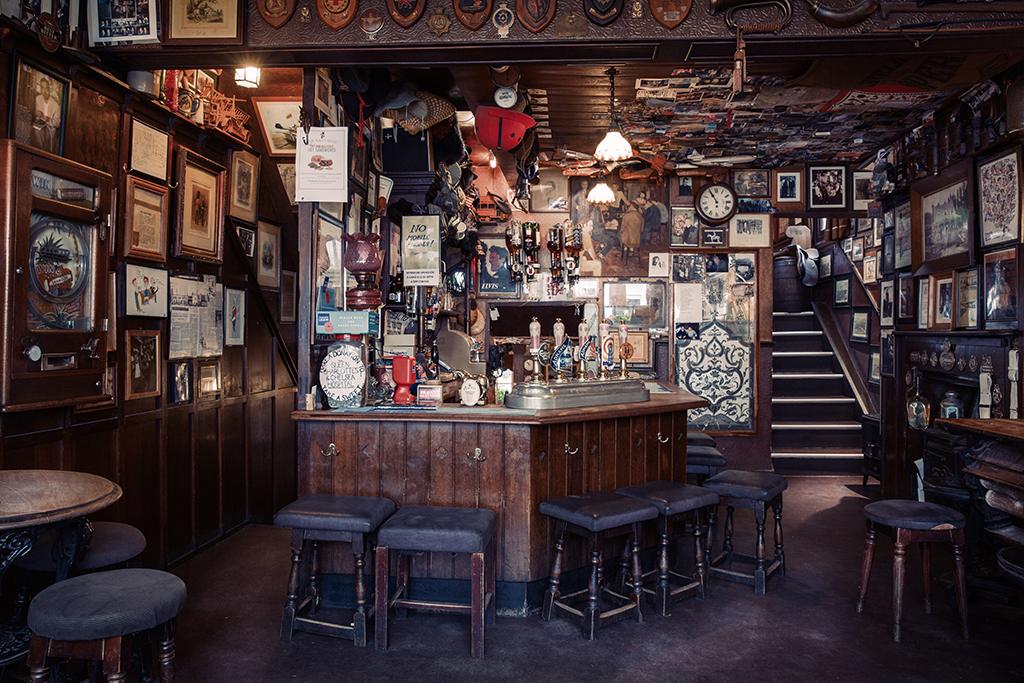
On a quiet street in the heart of one of London's most exclusive neighbourhoods, the Nags Head's first customers would have been staff from the mansions on neighbouring streets.
"The likelihood is that, because of its location, most of the early landlords were connected with horses, carriages and stabling," writes Dailey.
The pub's main bar - with its 150-year-old Chelsea pottery beer engine pump handles - is unusually low, with short stools in front.
This is because the floor of the bar servery is positioned midway between the main bar and the lower back bar to the rear, which was once possibly a stables or courtyard.
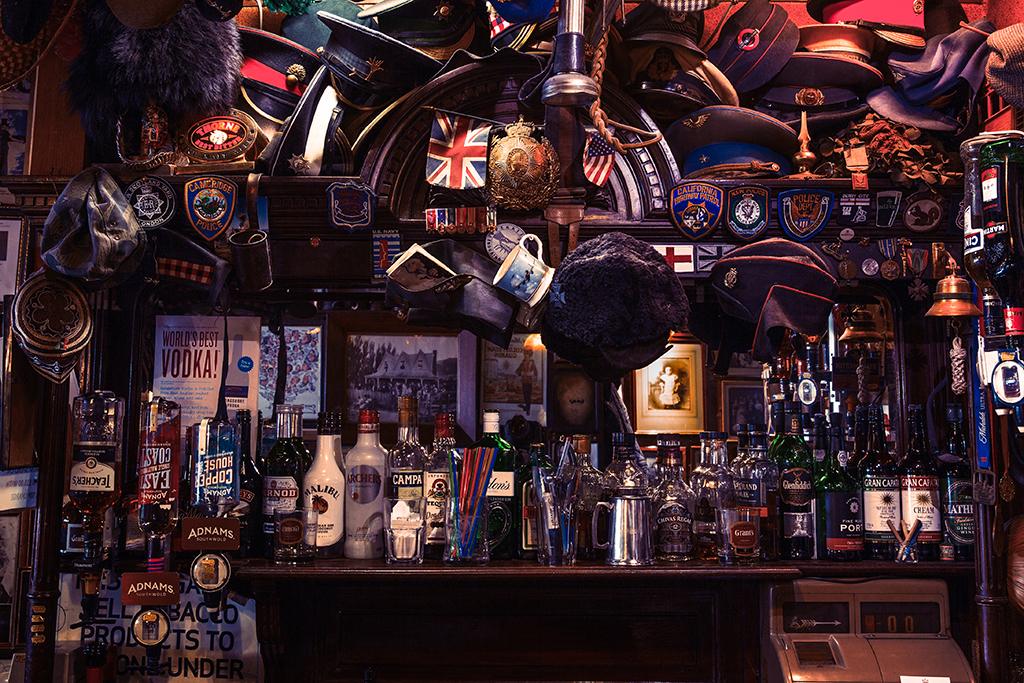
The Nags Head is also filled with dozens of toys, penny arcade machines, posters and photos - and the current landlord's collection of military memorabilia.

The Blackfriar
Blackfriars
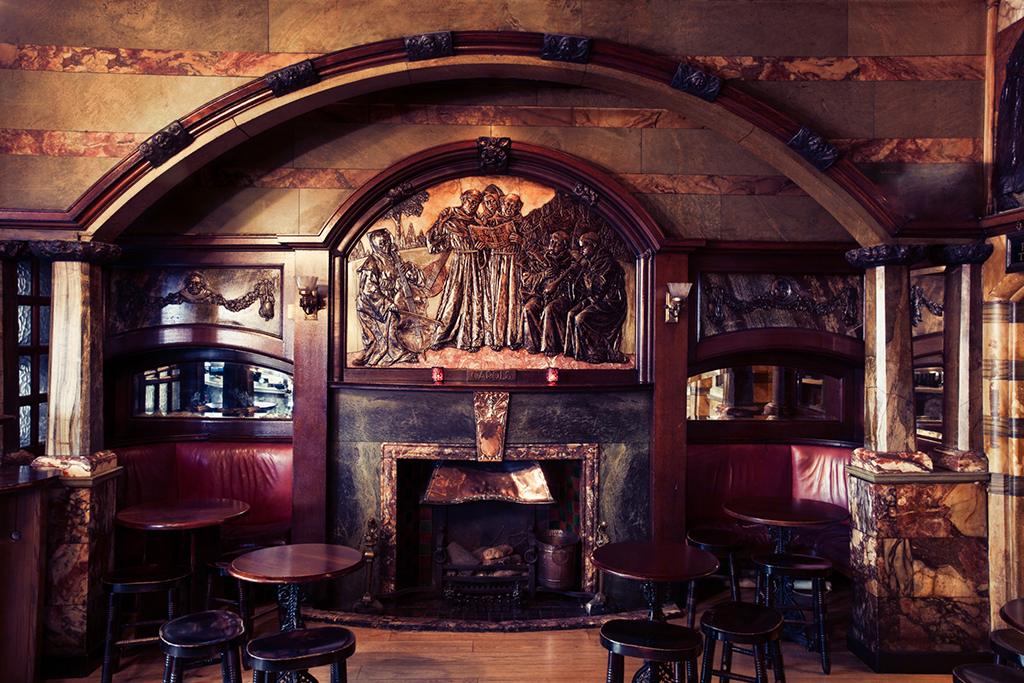
The Blackfriar - built in 1875 - stands on the site of London's Dominican friary in the parish of Ludgate.
The Dominicans are known as "the blackfriars" because of the black cloaks they wear.
In the early 20th Century the pub's interior was remodelled by the sculptor Henry Poole, who created a vision straight out of medieval England.
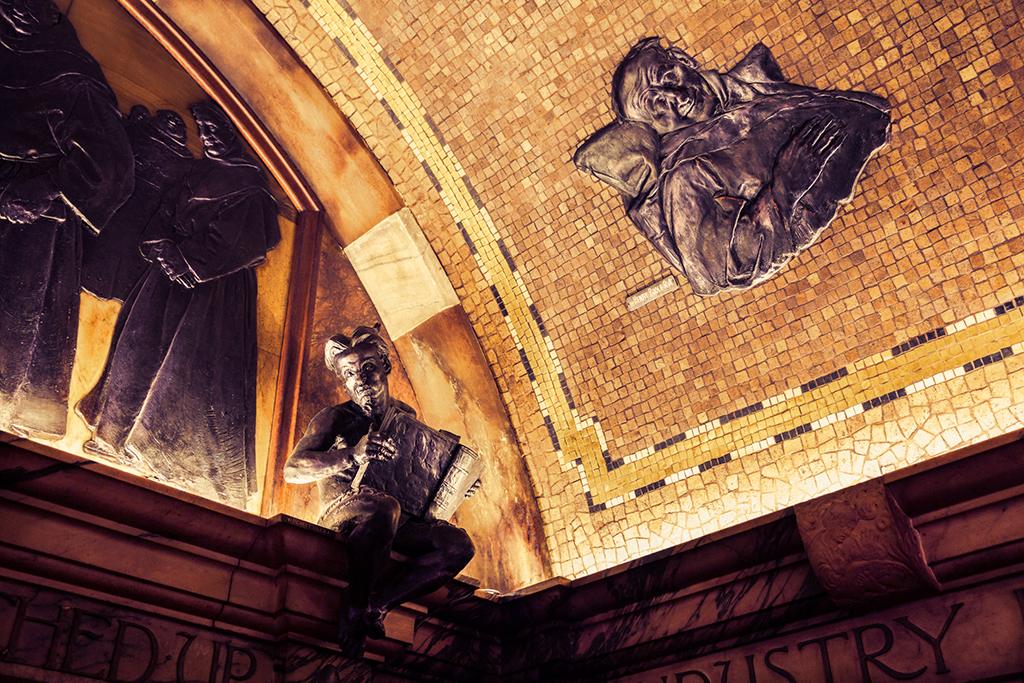
There is a sumptuous mosaic ceiling, with marble columns and copper clay friezes.
And black-cloaked friars can be spotted just about everywhere - all appearing to enjoy sins of overindulgence.
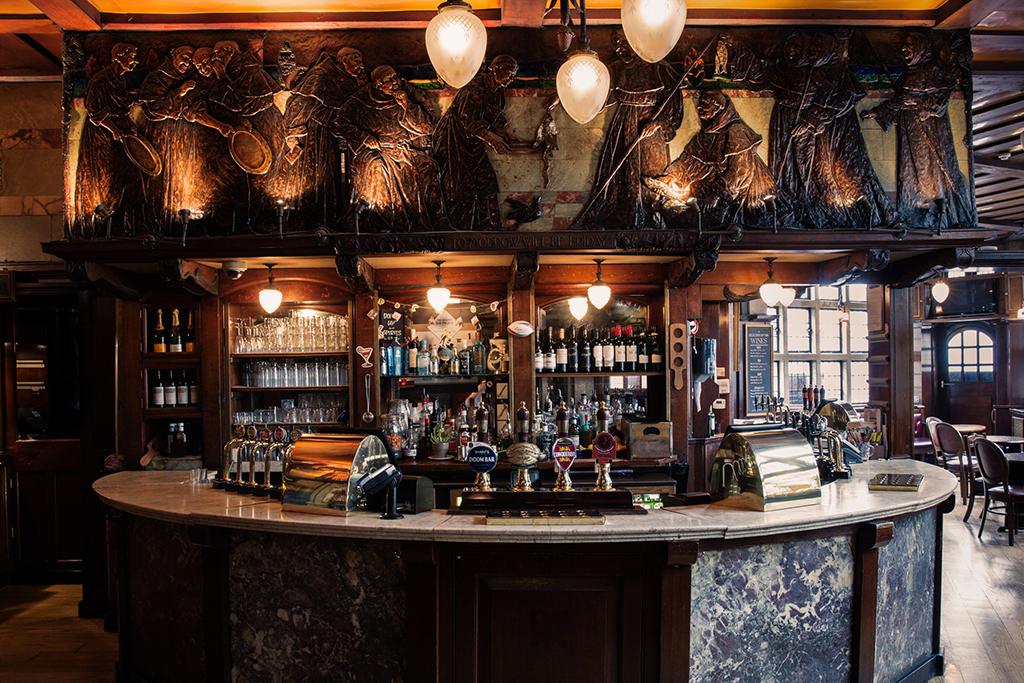


The French House
Soho
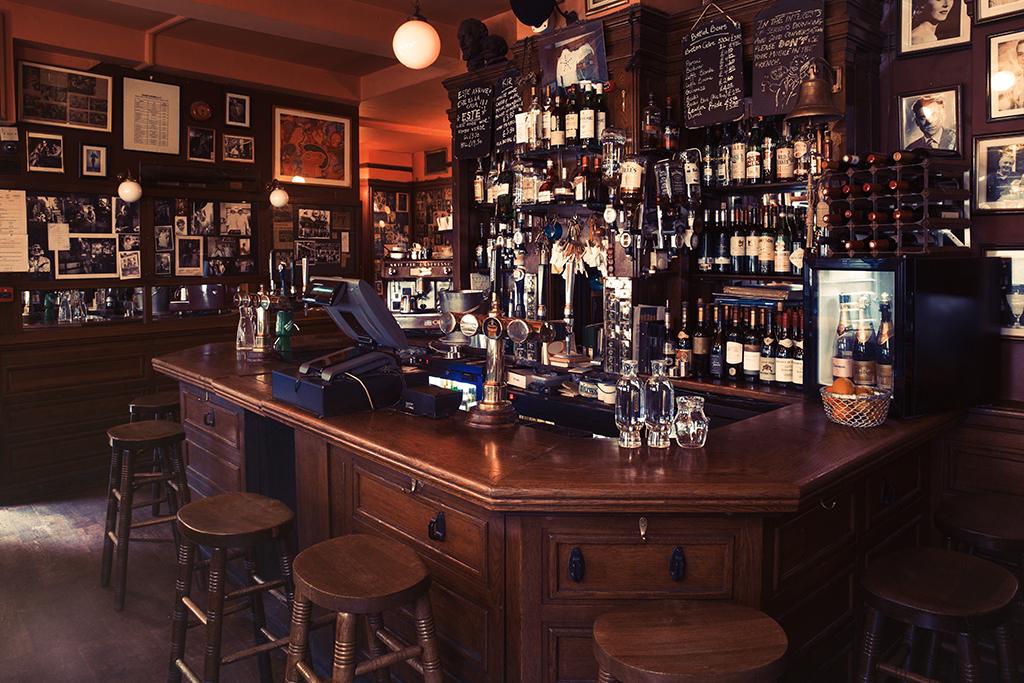
The interior of the French House looks more like a Parisian backstreet bar, than a traditional London pub - and it remains a favourite of artists, writers, actors and photographers,
George Dailey describes the inside as "a little tired, faintly bohemian - but with unmistakeable Gallic charm".
For most of the 20th Century the pub's official name was The York Minster.
Its metamorphosis into "The French" started in 1914, when its German owner sold the business to a Belgian - but "The French sounds more romantic", says Dailey.

The Prospect of Whitby
Wapping

The inn on this site was first built in 1520 - on the north bank of the Thames to the east of the City.
It would have been a timber structure surrounded by gardens and marshland. It was rebuilt in the 18th Century.
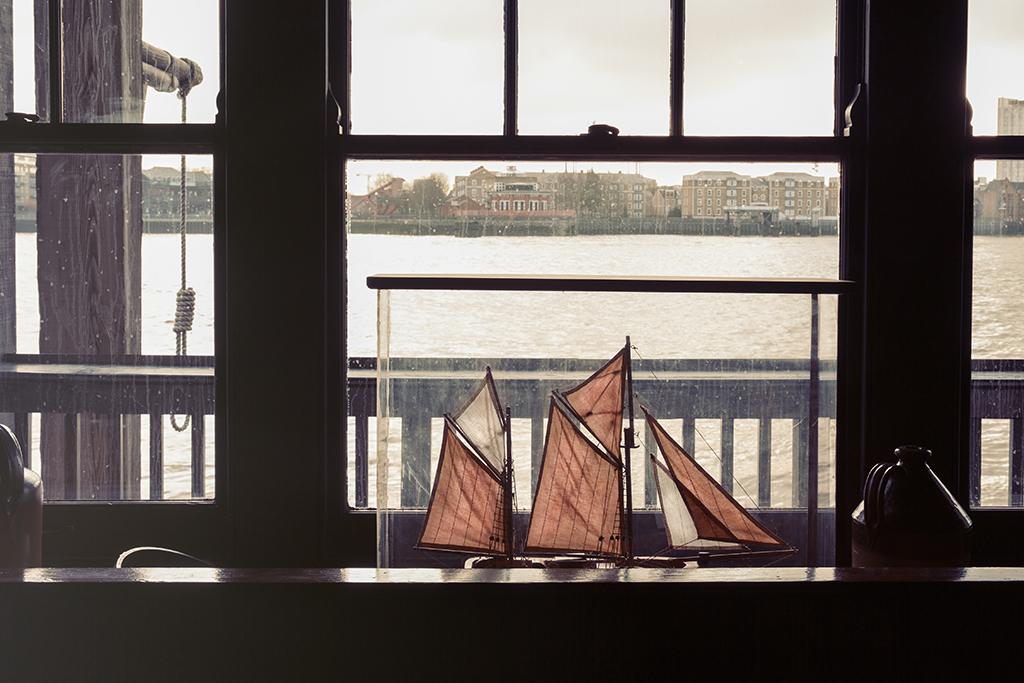
Regular visitors included the writers Charles Dickens, Samuel Pepys and Samuel Johnson - and the venue was known for its bare-knuckle and cock fights.
It's thought the pub's strange name derives from the fact that a collier - a ship carrying coal - from Whitby in North Yorkshire used to moor regularly beside the pub.
Initially it was just called The Prospect.
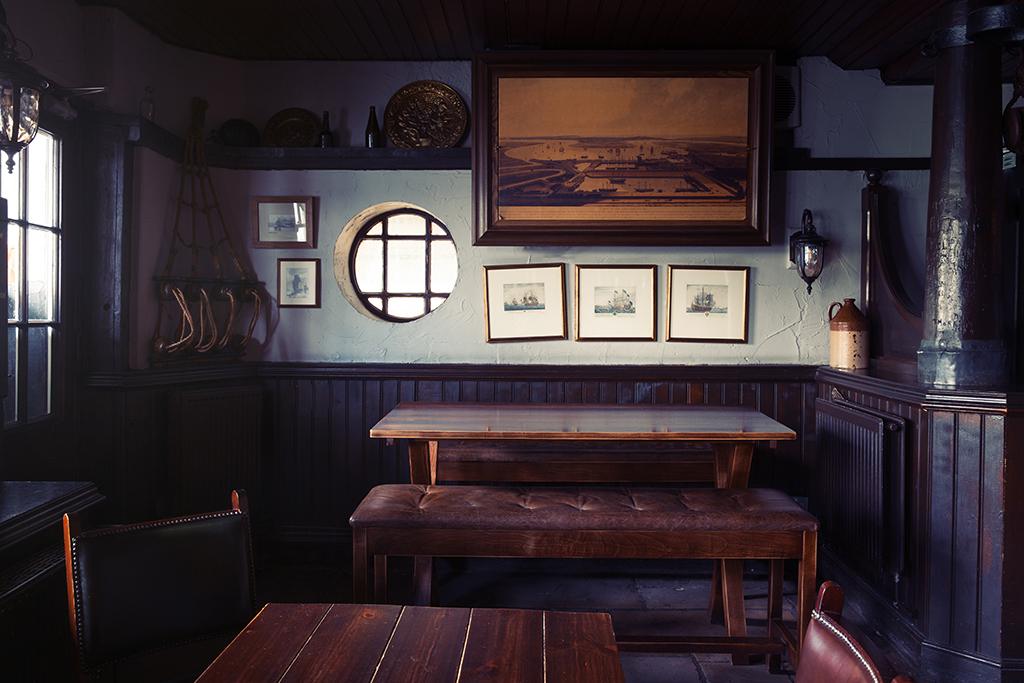


The George Inn
Borough

For people heading to London from the south, Borough High Street in Southwark was a terminus.
The walled City of London was only a bridge away, but it was closed at night.
Latecomers were forced to take rooms at one of the local inns - including The George.
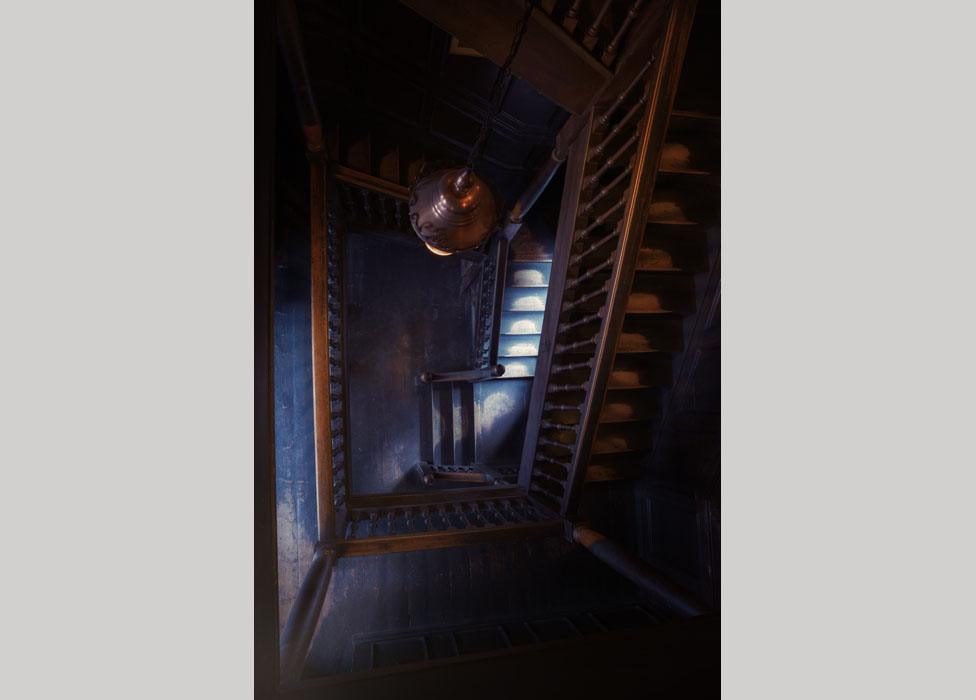
The George became a home for political debate and gossip - and Shakespeare's plays were often performed in its courtyard.
According to Dailey: "There is no pub in London that can boast of having a completely untouched 18th Century interior - but The George comes very close."

The Grapes
Wapping
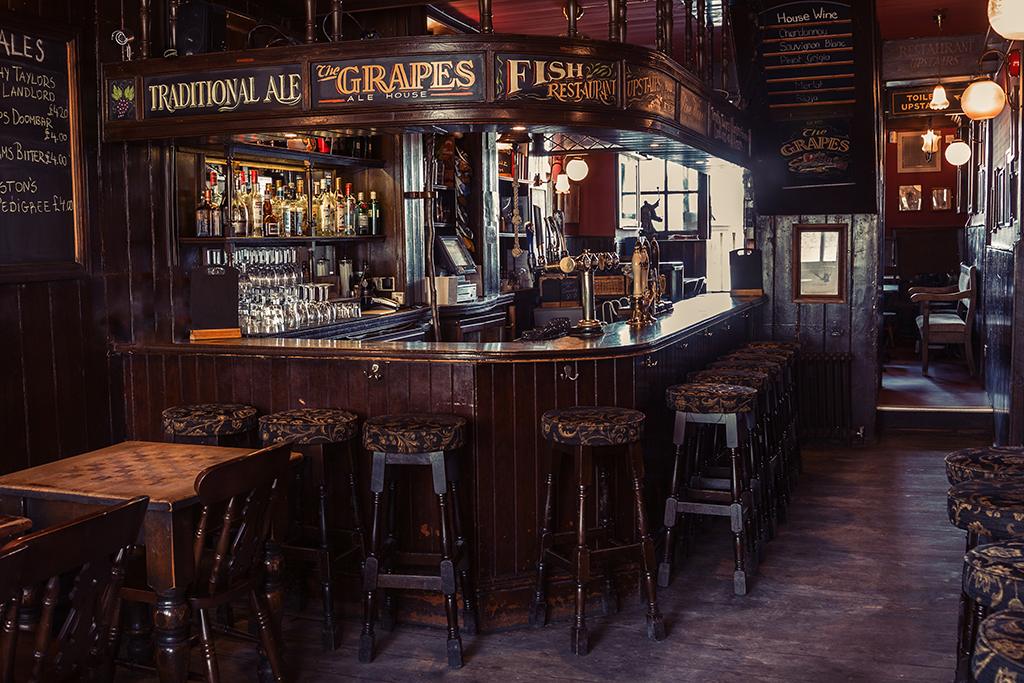
The current building, which backs on to the shore of the Thames, dates from 1720 - built on the site of a previous pub, which burned down in 1710.
In 1865, Charles Dickens is thought to have written about The Grapes - or The Bunch of Grapes, as it was then known.
He describes "a tavern of dropsical appearance... long settled down into a state of hale infirmity. It had outlasted many a sprucer public house, indeed the whole house impended over the water but seemed to have got into the condition of a faint-hearted diver, who has paused so long on the brink, that he will never go in at all."

The Ship Tavern
Holborn

Although rebuilt in the 1920s, there has probably been a pub on the site of The Ship since the mid-16th Century - and in its early incarnation it was known as a haven for persecuted Catholics.
The pub is now just behind a busy underground station, but initially it would have overlooked a rough area of pasture land - Lincoln's Inn Fields.

The Dove
Hammersmith
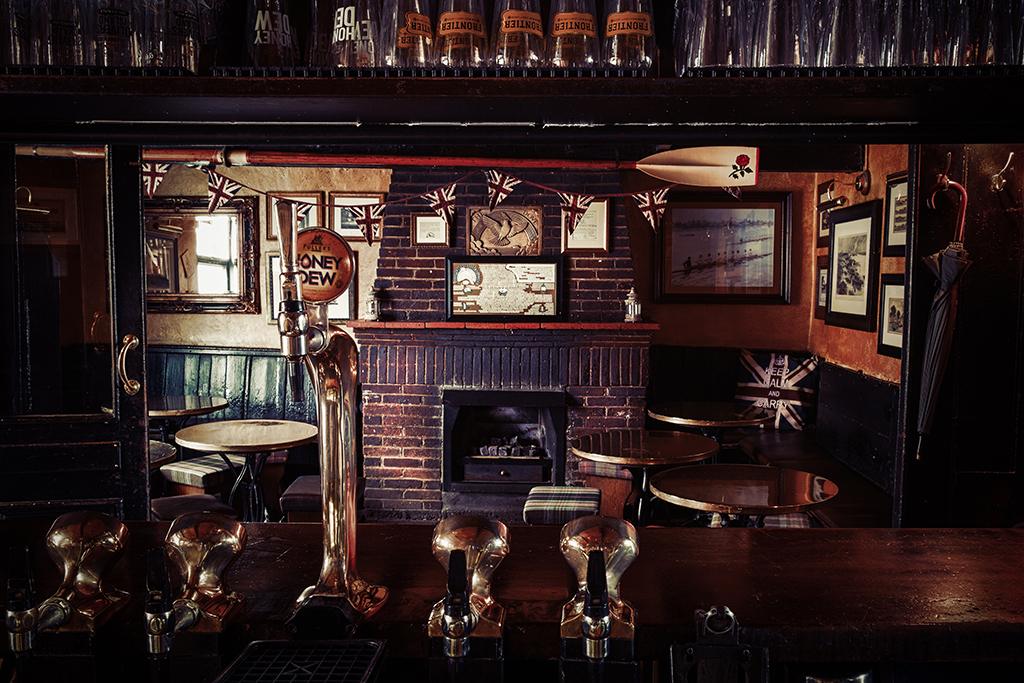
This narrow pub on the Thames is one of the best places to watch the Oxford and Cambridge Boat Race - if you can find a space to stand.
Anecdotal evidence suggests the Dove was actually a licensed pub as early as 1730 - when the green fields and orchards of 18th Century Hammersmith offered tranquillity away from the City of London, which was then only a two-hour coach ride away.

The Flask
Highgate
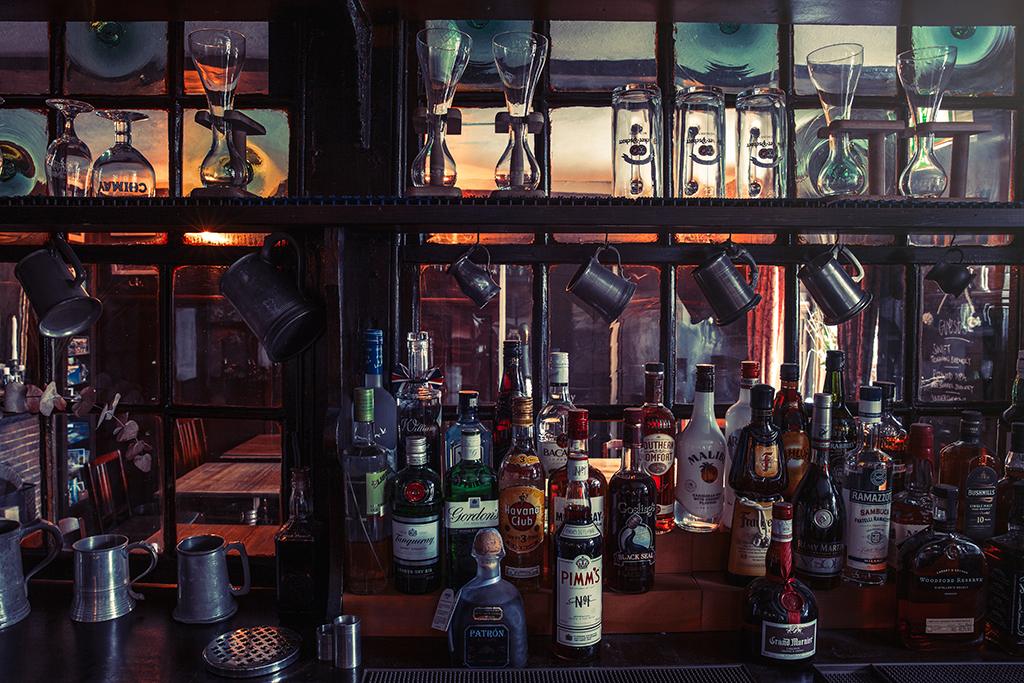
With all the hallmarks of a village inn, The Flask is very close to Highgate Cemetery - the burial place of Karl Marx.
It also claims to have two ghosts - a Spanish barmaid who took her life when the landlord rejected her amorous advances, and a hapless man dressed as a cavalier who crosses the main bar and disappears into a wall.
The poets Byron, Shelley, Keats and Coleridge were regular drinkers here. Coleridge believed the clean air on the hill at Highgate was beneficial in his attempts to cure himself of opium addiction.

The Lamb and Flag
Covent Garden

When the building now known as The Lamb and Flag was built, in the mid-17th Century, Covent Garden was a relatively new urban area - a smart and desirable address.
But a century later, the gentry had moved away and the area had become a red-light district. Records from 1772 show that The Lamb and Flag - or Coopers Arms as it was known then - was trading successfully, but the clientele was drawn from the lower levels of society.
A century later, and the venue was a popular location for unlicensed bare-knuckle fights.

All images copyright Charlie Dailey.
Great Pubs of London by George Dailey is published by Prestel.